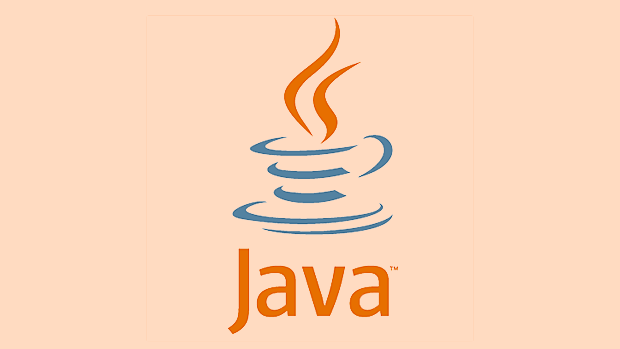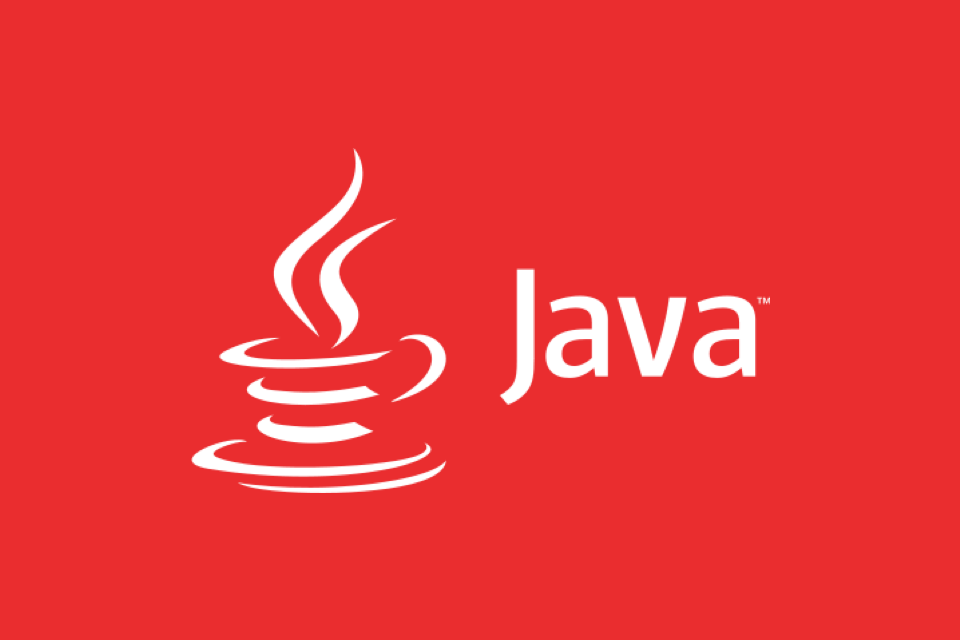Preventing server-side template injection (SSTI) requires four aspects: 1. Use security configurations, such as disabling method calls and restricting class loading; 2. Avoid user input as template content, only variable replacement and strictly verify input; 3. Adopt sandbox environments, such as Pebble, Mustache or isolating rendering context; 4. Regularly update the dependent version and review the code logic to ensure that the template engine is configured reasonably and prevent the system from being attacked due to user-controllable templates.

Server-side template injection (SSTI) is a security issue that is easily overlooked but has a very high potential risk in Java applications. The template engine is originally intended to make it easier for developers to generate dynamic content, but if used improperly, the attacker may execute arbitrary code through template injection, which directly leads to the system being controlled. Although Java does not easily trigger SSTI like Python or PHP, the consequences will be equally serious if there is a problem.

The following is a few common perspectives to talk about how to prevent SSTI in Java projects.
Use a secure template engine configuration
Many template engines allow expression execution by default, such as Thymeleaf, Freemarker, and Velocity. If these engines do not have restrictions, they will easily become the entrance to SSTI.

Take Freemarker as an example. By default, it allows calling Java methods, such as ${'abc'.getClass().getName()} to get the class name and further execute arbitrary code. To avoid this, you can:
- Disable method calls:
cfg.setMethodExposureLevel(Configuration.MethodExposure.LIMITED); - Disable class template loading: Avoid user input as template content
- Set a whitelisting mechanism to limit accessible classes and methods
Similarly, Thymeleaf has disabled method calls in expressions by default starting with 3.0, but it is still recommended to check the configuration to make sure that SpringEL 's high-risk features are not enabled.

Avoid using user input as template content
The core problem of SSTI is that the template content is controllable. If your app allows users to enter a piece of text and render it as a template, it's almost like opening the door to thieves.
For example, some systems allow users to customize email templates, page content, etc. If these contents are directly handed over to the template engine for processing, it is easy to be injected into malicious expressions.
suggestion:
- Don't let users control the template structure, only variable replacement is allowed
- If you have to let the user edit the template, consider using whitelist variables, or rendering with a sandbox environment
- Strict checksum escape of user input, especially special characters such as
${},#{}, etc.
Render user templates using sandboxes or isolated environments
If your application does require user-defined templates, consider using some sandboxed template engines, or isolate risk by limiting context.
For example:
- Using Pebble , it does not execute arbitrary method calls by default
- Using Mustache , it is a logically independent template language and is not easy to trigger SSTI
- For Velocity, you can inherit
EventCartridgeto limit template behavior
In addition, you can also consider running the rendering of the user template in a separate JVM or container, restricting its permissions, such as not loading sensitive classes, prohibiting reflection, etc.
Regularly review how templates are used and dependent versions
The template engine itself may also have security vulnerabilities, such as SSTI-related CVEs that have appeared in older versions of Freemaker or Velocity.
suggestion:
- Keep template engine dependencies updated with the latest stable version
- Scan project dependencies using OWASP Dependency-Check or similar tools
- Review the way template calls in the code to avoid using
eval-like logic
In general, although SSTI in Java is not as common as other languages, it cannot be taken lightly. The key point is: don't let users control the template content, configure the template engine reasonably, and use the sandbox environment if necessary. Basically all this is it, security issues are often not very complicated, but are easily overlooked.
The above is the detailed content of Java Security for Server-Side Template Injection. For more information, please follow other related articles on the PHP Chinese website!

Hot AI Tools

Undress AI Tool
Undress images for free

Undresser.AI Undress
AI-powered app for creating realistic nude photos

AI Clothes Remover
Online AI tool for removing clothes from photos.

Clothoff.io
AI clothes remover

Video Face Swap
Swap faces in any video effortlessly with our completely free AI face swap tool!

Hot Article

Hot Tools

Notepad++7.3.1
Easy-to-use and free code editor

SublimeText3 Chinese version
Chinese version, very easy to use

Zend Studio 13.0.1
Powerful PHP integrated development environment

Dreamweaver CS6
Visual web development tools

SublimeText3 Mac version
God-level code editing software (SublimeText3)

Hot Topics
 Building RESTful APIs in Java with Jakarta EE
Jul 30, 2025 am 03:05 AM
Building RESTful APIs in Java with Jakarta EE
Jul 30, 2025 am 03:05 AM
SetupaMaven/GradleprojectwithJAX-RSdependencieslikeJersey;2.CreateaRESTresourceusingannotationssuchas@Pathand@GET;3.ConfiguretheapplicationviaApplicationsubclassorweb.xml;4.AddJacksonforJSONbindingbyincludingjersey-media-json-jackson;5.DeploytoaJakar
 How to use Java MessageDigest for hashing (MD5, SHA-256)?
Jul 30, 2025 am 02:58 AM
How to use Java MessageDigest for hashing (MD5, SHA-256)?
Jul 30, 2025 am 02:58 AM
To generate hash values using Java, it can be implemented through the MessageDigest class. 1. Get an instance of the specified algorithm, such as MD5 or SHA-256; 2. Call the .update() method to pass in the data to be encrypted; 3. Call the .digest() method to obtain a hash byte array; 4. Convert the byte array into a hexadecimal string for reading; for inputs such as large files, read in chunks and call .update() multiple times; it is recommended to use SHA-256 instead of MD5 or SHA-1 to ensure security.
 A Developer's Guide to Maven for Java Project Management
Jul 30, 2025 am 02:41 AM
A Developer's Guide to Maven for Java Project Management
Jul 30, 2025 am 02:41 AM
Maven is a standard tool for Java project management and construction. The answer lies in the fact that it uses pom.xml to standardize project structure, dependency management, construction lifecycle automation and plug-in extensions; 1. Use pom.xml to define groupId, artifactId, version and dependencies; 2. Master core commands such as mvnclean, compile, test, package, install and deploy; 3. Use dependencyManagement and exclusions to manage dependency versions and conflicts; 4. Organize large applications through multi-module project structure and are managed uniformly by the parent POM; 5.
 css dark mode toggle example
Jul 30, 2025 am 05:28 AM
css dark mode toggle example
Jul 30, 2025 am 05:28 AM
First, use JavaScript to obtain the user system preferences and locally stored theme settings, and initialize the page theme; 1. The HTML structure contains a button to trigger topic switching; 2. CSS uses: root to define bright theme variables, .dark-mode class defines dark theme variables, and applies these variables through var(); 3. JavaScript detects prefers-color-scheme and reads localStorage to determine the initial theme; 4. Switch the dark-mode class on the html element when clicking the button, and saves the current state to localStorage; 5. All color changes are accompanied by 0.3 seconds transition animation to enhance the user
 css dropdown menu example
Jul 30, 2025 am 05:36 AM
css dropdown menu example
Jul 30, 2025 am 05:36 AM
Yes, a common CSS drop-down menu can be implemented through pure HTML and CSS without JavaScript. 1. Use nested ul and li to build a menu structure; 2. Use the:hover pseudo-class to control the display and hiding of pull-down content; 3. Set position:relative for parent li, and the submenu is positioned using position:absolute; 4. The submenu defaults to display:none, which becomes display:block when hovered; 5. Multi-level pull-down can be achieved through nesting, combined with transition, and add fade-in animations, and adapted to mobile terminals with media queries. The entire solution is simple and does not require JavaScript support, which is suitable for large
 python parse date string example
Jul 30, 2025 am 03:32 AM
python parse date string example
Jul 30, 2025 am 03:32 AM
Use datetime.strptime() to convert date strings into datetime object. 1. Basic usage: parse "2023-10-05" as datetime object through "%Y-%m-%d"; 2. Supports multiple formats such as "%m/%d/%Y" to parse American dates, "%d/%m/%Y" to parse British dates, "%b%d,%Y%I:%M%p" to parse time with AM/PM; 3. Use dateutil.parser.parse() to automatically infer unknown formats; 4. Use .d
 VSCode settings.json location
Aug 01, 2025 am 06:12 AM
VSCode settings.json location
Aug 01, 2025 am 06:12 AM
The settings.json file is located in the user-level or workspace-level path and is used to customize VSCode settings. 1. User-level path: Windows is C:\Users\\AppData\Roaming\Code\User\settings.json, macOS is /Users//Library/ApplicationSupport/Code/User/settings.json, Linux is /home//.config/Code/User/settings.json; 2. Workspace-level path: .vscode/settings in the project root directory
 Sublime Text auto close HTML tags
Jul 30, 2025 am 02:41 AM
Sublime Text auto close HTML tags
Jul 30, 2025 am 02:41 AM
Installing the Emmet plug-in can achieve intelligent automatic closing of tags and support abbreviation syntax; 2. Enable "auto_match_enabled":true to allow Sublime to automatically complete simple tags; 3. Use Alt . (Win) or Ctrl Shift . (Mac) shortcut keys to manually close the current tag - it is recommended to use Emmet in daily life. The latter two methods can be combined, which is efficient and simple to set.






